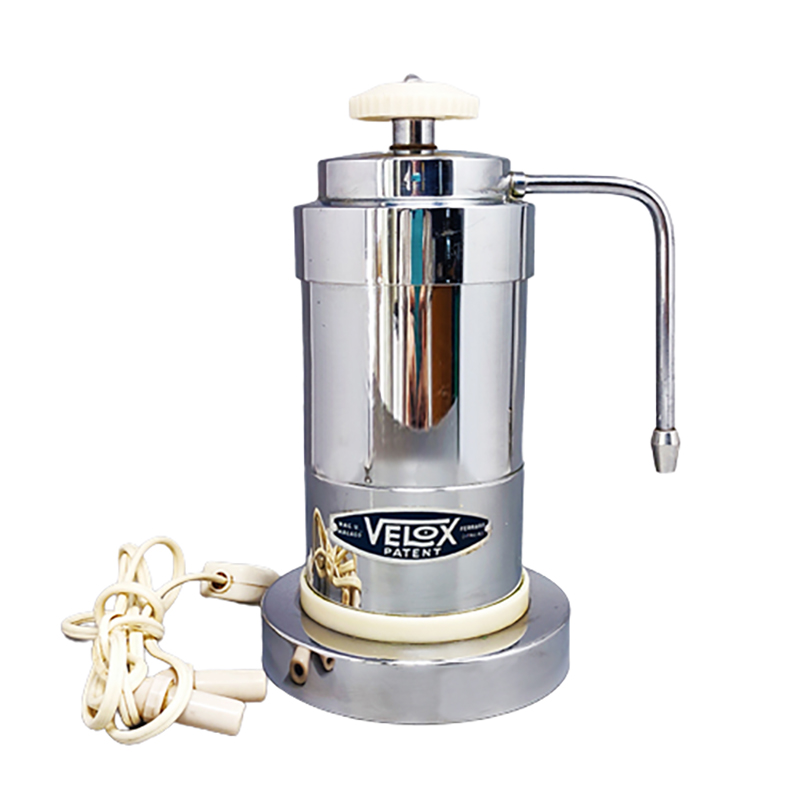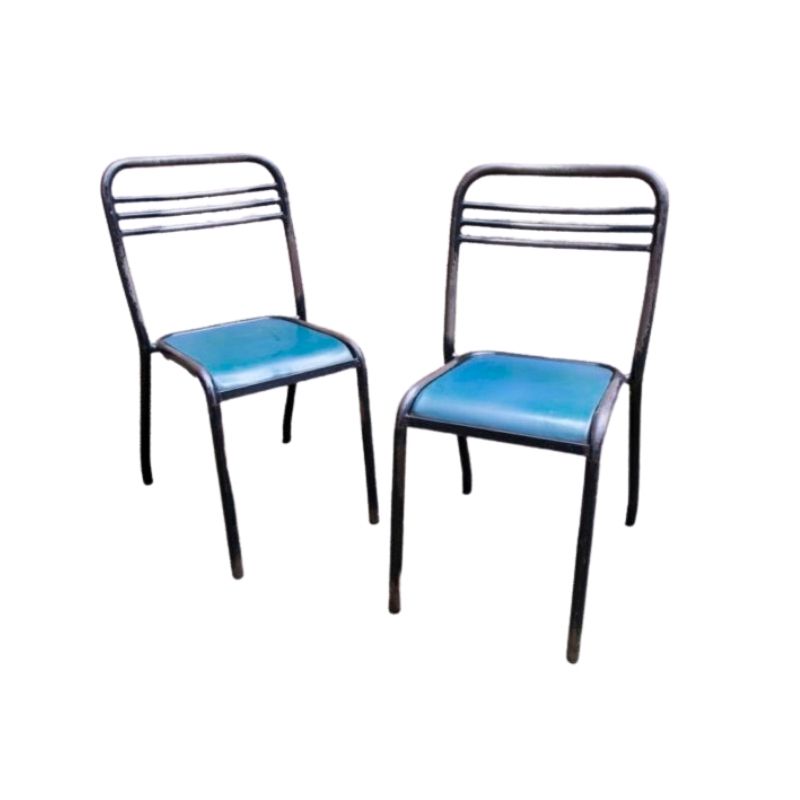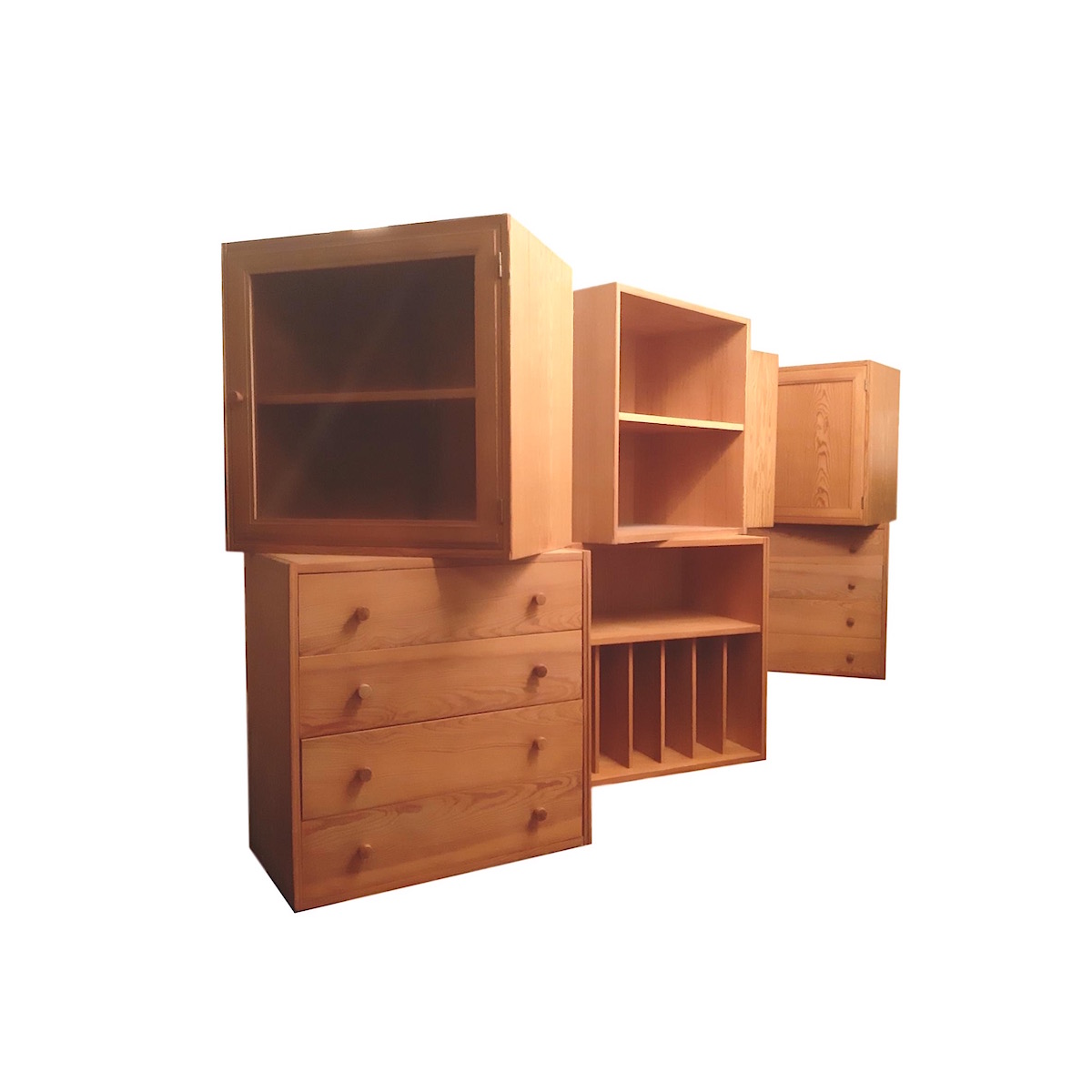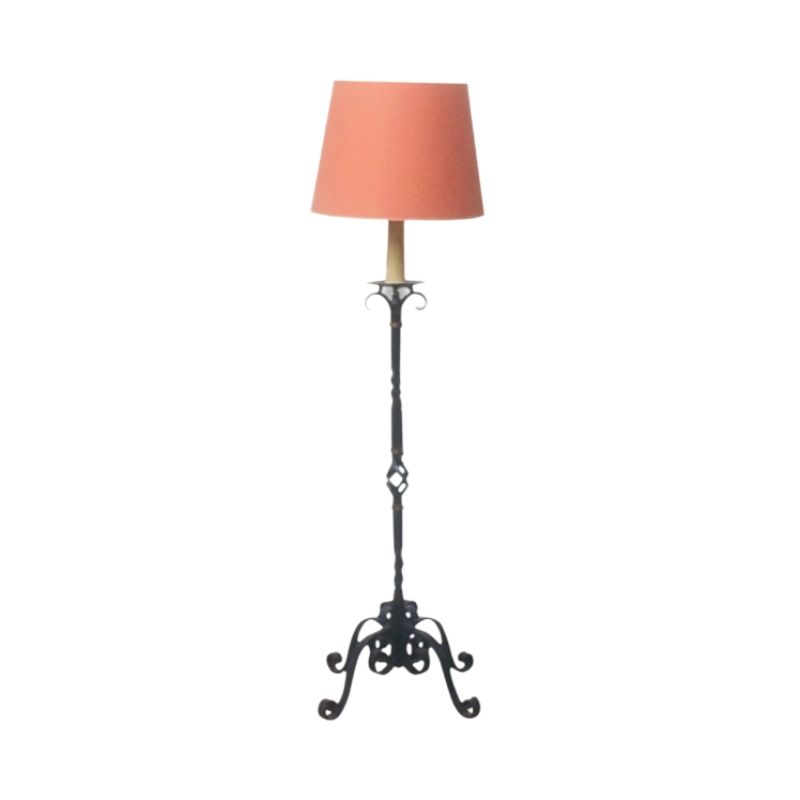Hi, folks.
I've heard the best way to match the original finish of the Planner pieces when refinishing (a few pieces I have are in desperate need) is Honey Oak. Or Golden Oak - I forget which -- with a gloss. Any support or challenges to that, or certainty of some sort or another?
Also, I have a cabinet with sliding, grasscloth doors that have been painted over in beige, and I was thinking of painting them black. Were the original black grasscloth painted, or lacquered? Any advice on how to proceed with the doors?
Thanks!
Well, I'd like to get it clos...
Well, I'd like to get it close to the other pieces I have with the original, indeed absolutely aged finished - its got a little gloss. So, golden oak?
And regarding the man-made "grasscloth" - will it take paint easily if I wanted to go with black? Can you stretch new stuff over the doors easily?
Thanks!
The original finish
if you are talking the lightest one is completely clear. I recently pulled a credenza off it's base for what was likely the first time and the finish one the base was completely colorless. Like a pool of water on a bare piece of maple. You are just going to have to experiment with a number of little cans of stain or colored varnish till you get what you like. Me I would opt for the clear. It is more honest for the piece and the colored stuff will age differently than your original older ones with no stain. You can have different now turning to closer later (my choice), or similar now and increasingly different later. Or you could ditch the one in need and replace it with one with good original finish if color match is really important to you.
I have BLACK storage cabinet with painted grasscloth...
and the owner left the Ebony finish totally original,yet oainted the Grasscloth doors a chrome yellow.Looks kinda cool,but wondering what color paint I should use to approximate the original(natural tan?) color.OR wouldcomplete replacement be possible with that Madagaska material?
Matching an old finish.
There's a reason the pros command high wages and remain busy. There is *a lot* to know and most of it is what not to do. If the piece is valuable or particularly dear to you, you might consider getting a quote from a reputable specialist.
For determined novices, experimentation and test swatches are key. Having scraps of various ages of similar species onto which to try out different techniques is ideal, but the bottom of case pieces is a good place to work, too. Also, there's plenty of resource material to study, if you are so inclined.
I'd go lighter with the color, since most finishes will darken somewhat over the first 10 years.
grasscloth
I hear you regarding professional restoration. I have some pieces in worse shape than others - I'll start on the bottom of my worst cabinet.
Did the grasscloth ever come lacquered in black, or have the ones I've seen just been painted. Seems easy enough with a jet black paint with a little gloss... The doors are already painted-over beige.
Don't know about the textured surfaces
on Planner Group, but trying to brush on paint can be frustrating and, if it's not thinned-down or if the paint is over-applied, it can pool in the low spots and obscure detail on something like grasscloth. You want to avoid unsightly build-up. You might consider spraying, though it's always best to test compatibilty with any previous coating by applying a small amount with an artist's brush, eye-dropper, or cotton swab to an inconspicuous spot and watch closely for any bad reaction. If none, let it dry completely and then test for good adhesion by trying to scrape it off with a thumbnail or credit card.
It seems, though, that if the piece or doors had been painted since new, you'd be able to find some evidence.
BTW, I sprayed a rosewood Eames 671 semi-gloss black with Krylon to match a chair with great results. I gave the piece a good rub-down with naptha and then applied a couple of wash-coats of thin shellac before spraying. I did compare a test sample first, though. Not all blacks are black!
If you need any help, please contact us at – info@designaddict.com









